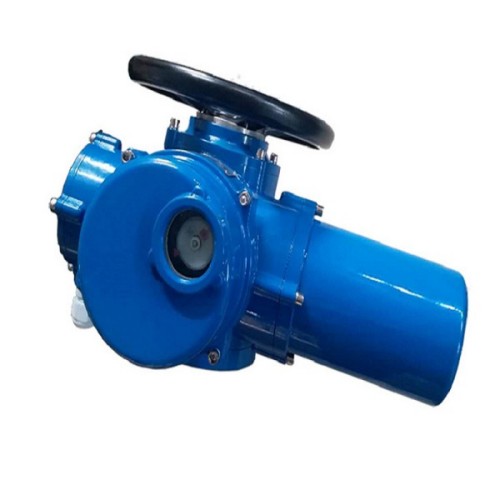ball valve fittings
Understanding Ball Valve Fittings An Essential Component in Fluid Control Systems
Ball valve fittings play a crucial role in industries ranging from water treatment and oil and gas to manufacturing and pharmaceutical applications. These fittings are integral for ensuring proper flow control in piping systems. Understanding the mechanisms, benefits, and applications of ball valve fittings not only enhances operational efficiency but also ensures safety and reliability in fluid management.
What Are Ball Valves?
A ball valve is a quarter-turn valve that uses a hollow, perforated, and pivoting ball to control fluid flow. When the valve is open, the ball's hole aligns with the flow direction, allowing fluid to pass through. Conversely, when the valve is closed, the solid part of the ball blocks the flow. The simplicity and reliability of ball valves make them popular choices for a vast array of applications.
Key Components of Ball Valve Fittings
1. Body The body houses the ball and is the critical component that connects to the piping system. Ball valve bodies are typically made from materials such as stainless steel, brass, or plastic, chosen based on the application's requirements.
2. Ball The ball, usually made from the same material as the body, is the core functional element. It can come in various designs, such as full-port (allowing full flow) or reduced-port (which has a smaller opening).
3. Stem The stem connects the ball to the actuator or handle. It allows the user to manually operate the valve or can be connected to automated systems for remote operation.
4. Seals Seals are critical for preventing leaks. They are usually made from elastomers or PTFE (Teflon) and ensure tight closure when the valve is in the 'off' position.
5. End Fittings These fittings are used to connect the ball valve to piping systems. They come in various standards, including threaded, welded, and flanged options, allowing for versatility in installation.
Benefits of Using Ball Valve Fittings
ball valve fittings

1. Quick Operation Ball valves allow for quick shut-off, making them suitable for applications that require immediate response. A simple quarter-turn opens or closes the valve, facilitating rapid adjustments to flow.
2. Low Pressure Drop Due to their design, ball valves provide minimal resistance to flow, resulting in a low pressure drop across the valve. This characteristic makes them highly efficient in terms of energy consumption, especially in large-scale systems.
3. Durability With fewer moving parts compared to other valve types, ball valves are more durable and have a longer lifespan. They can withstand harsh environmental conditions and are less susceptible to wear and tear.
4. Versatility Ball valve fittings are suitable for a wide range of applications, including gases, liquids, and even slurries. This versatility makes them ideal for various industries, including chemical processing, water treatment, and HVAC systems.
5. Leak-Free Performance Properly designed ball valves provide superior sealing performance, preventing leaks, which is crucial for applications involving hazardous or sensitive materials.
Common Applications of Ball Valve Fittings
- Water Supply Systems In municipal and industrial water supply systems, ball valve fittings help manage the flow of water and ensure proper distribution. - Oil and Gas Industry Ball valves are frequently used for controlling the flow of oil, natural gas, and other petrochemicals, providing secure and reliable operation in high-pressure systems.
- Pharmaceutical Manufacturing In the pharmaceutical sector, where hygiene and contamination control are paramount, ball valves assist in maintaining the integrity of fluid processes.
- Food and Beverage Industry Ball valves are used in food processing applications due to their easy cleaning capabilities and the ability to maintain high sanitary standards.
Conclusion
In summary, ball valve fittings are essential components in many fluid control systems. Their design simplicity, quick operation, durability, and versatility make them invaluable across various industries. As technology advances, the reliability and efficiency of ball valves will continue to enhance operations, meeting the evolving needs of fluid management in a wide array of applications. Whether for industrial use or residential plumbing, understanding the significance of ball valve fittings can lead to better decision-making and greater operational success.
-
The Key to Fluid Control: Exploring the Advantages of Ball Valves in Industrial SystemsNewsJul.09,2025
-
The Versatile World of 1, 2, and 3 Piece Ball ValvesNewsJul.09,2025
-
Stainless Steel Ball Valves: The Ideal Choice for Efficient Flow ControlNewsJul.09,2025
-
Optimizing Fluid Control with Ball Float ValvesNewsJul.09,2025
-
Manual Gate Valves: Essential for Control and EfficiencyNewsJul.09,2025
-
Everything You Need to Know About Butterfly ValvesNewsJul.09,2025
-
The Versatility of Wafer Type Butterfly ValvesNewsJul.08,2025




